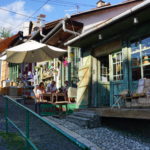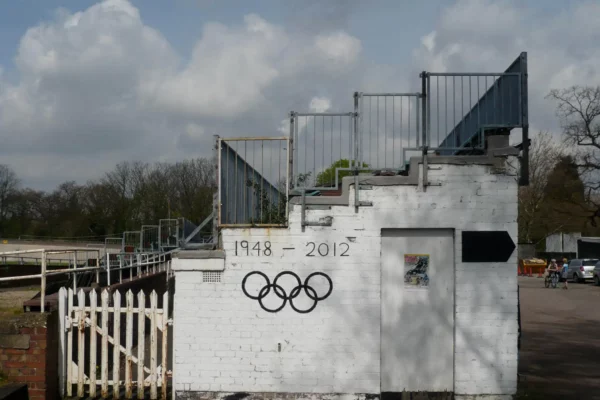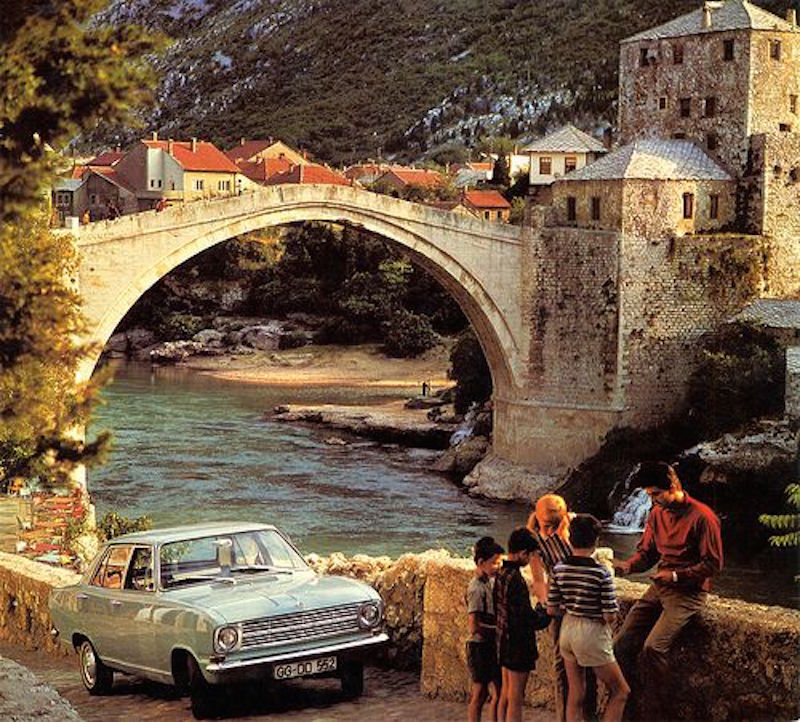
Mostar is one of Bosnia and Herzegovina’s most beautiful and enchanting small cities. Centered around the Neretva River, the old Ottoman frontier town is filled with narrow, winding alleys known as Kujundžiluk, or gold alleys, home to trinket sellers, covered market stalls, and cobbled streets leading to the most iconic bridge in the Balkans, the Stari Most.
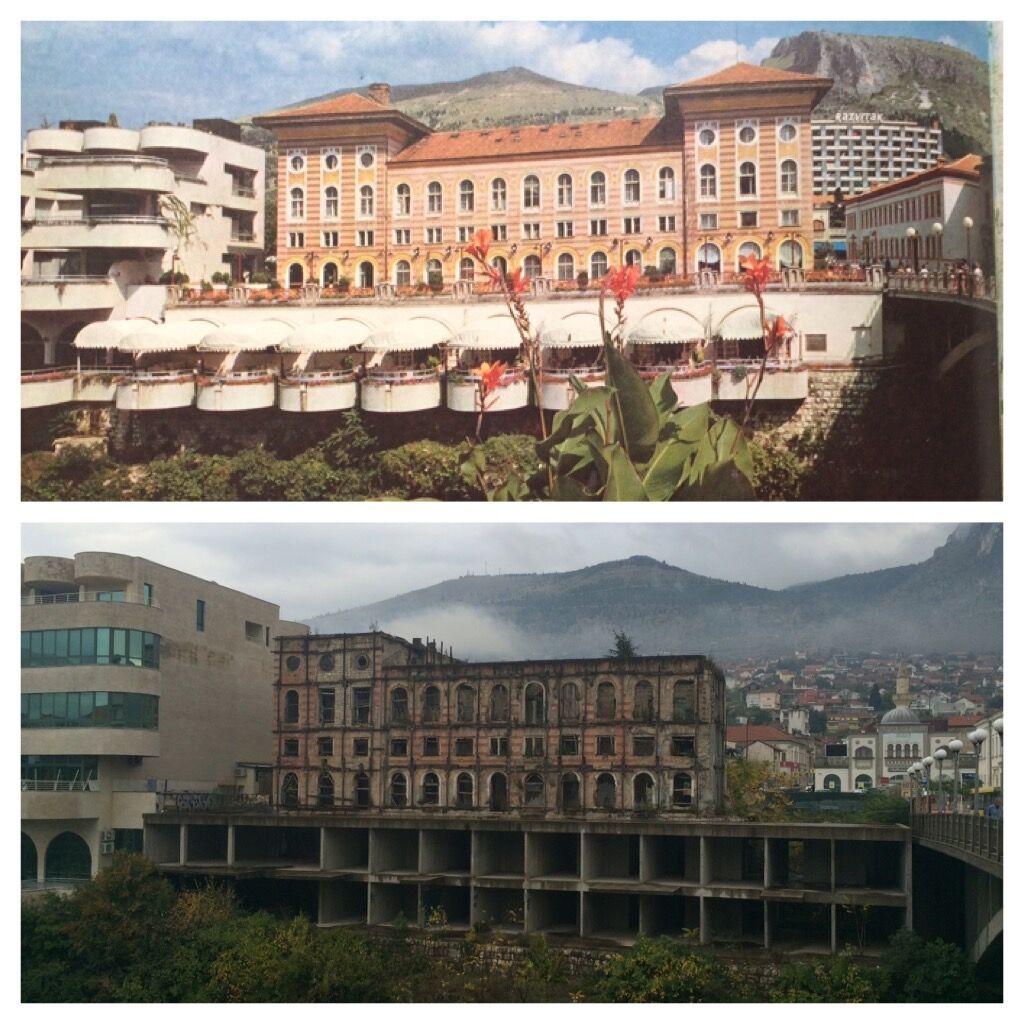
It was also the focus of some of the most bloodiest, fiercest fighting of the civil war of the 1990s. Pictured above is the old Hotel Neretva, once one of Mostar’s most luxurious hotels, with balconies, hotel suites and dining over looking the river. It had been built in 1892, after the railway arrived in Mostar. During the Civil War, the two sides mercilessly pounded away at each other across the river, with artillery fire, machine guns and deadly snipers.
No city in Bosnia was more heavily bombed, and Mostar was virtually destroyed. Whilst much of the old town has been painstakingly restored, many visible scars of the terrible violence that happened here remain still today. Bomb damaged buildings, concrete walls riddled with machine gun holes, and decaying ruins can be seen every where.

On a recent expedition to Mostar, here at Messy Nessy Chic we came across a vintage photo book celebrating the city’s many picturesque sights. Looking from the fashions and cars, it appeared to date from the early 1970s. The photographs in the book were taken by Sulejman Balić, Ilijas Bešic, Zoran Dragoljević, Slobodan Krstanović and Ciril Rajić. They captured a beautiful, vibrant and youthful Mostar, before it was torn apart by civil war…

It shows the old town of Mostar in all its beguiling beauty: ancient medieval streets, bazaars and some of the most beautiful mosques to be found in Europe.
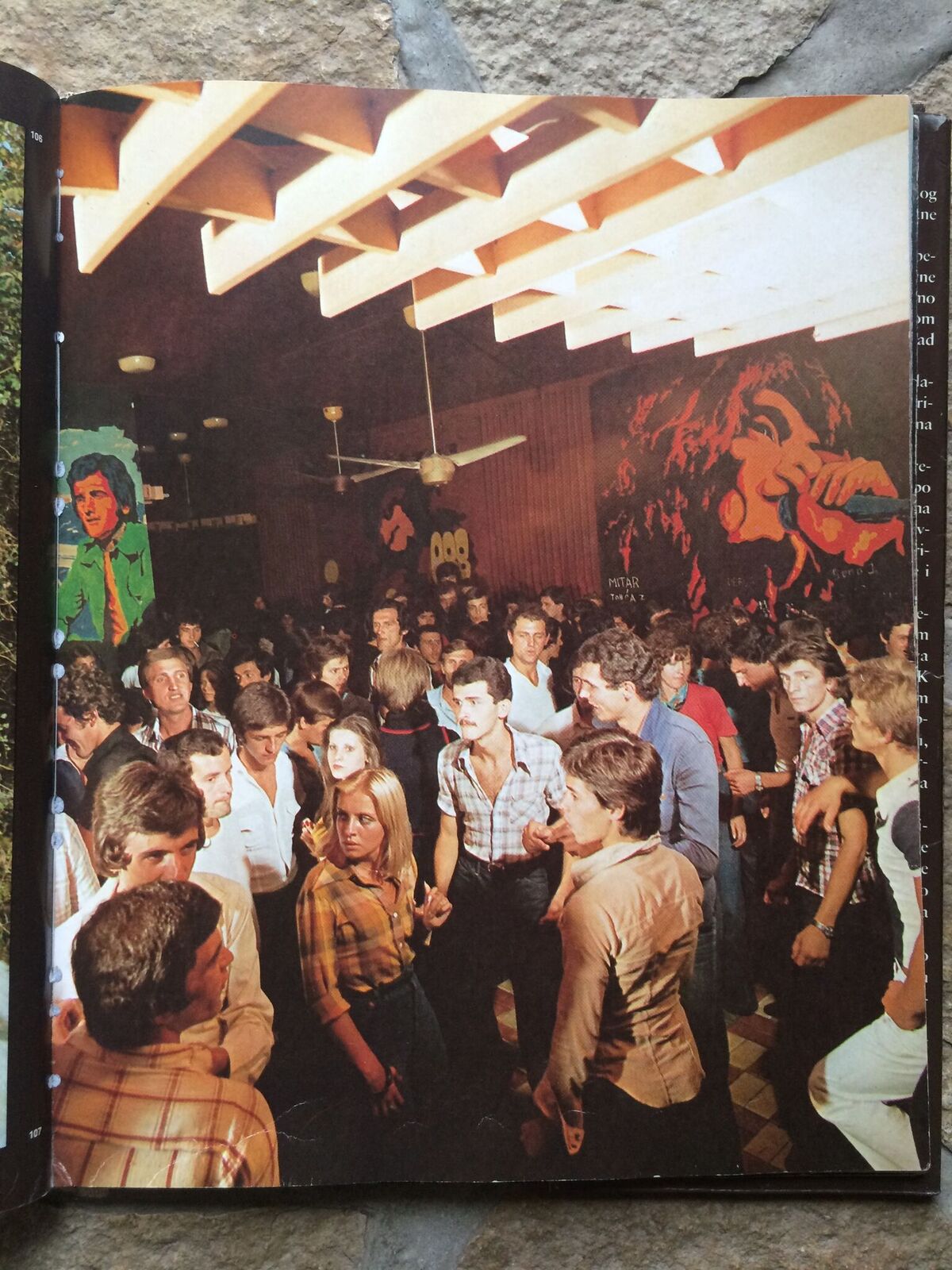
But it also showed the ‘modern’ side of 1970s Mostar : lush parks, wide, busy boulevards, shopping malls, young people in nightclubs, and glittering hotels overlooking the Neretva, back when Mostar was one of the most popular tourist destinations in what was still then Yugoslavia.
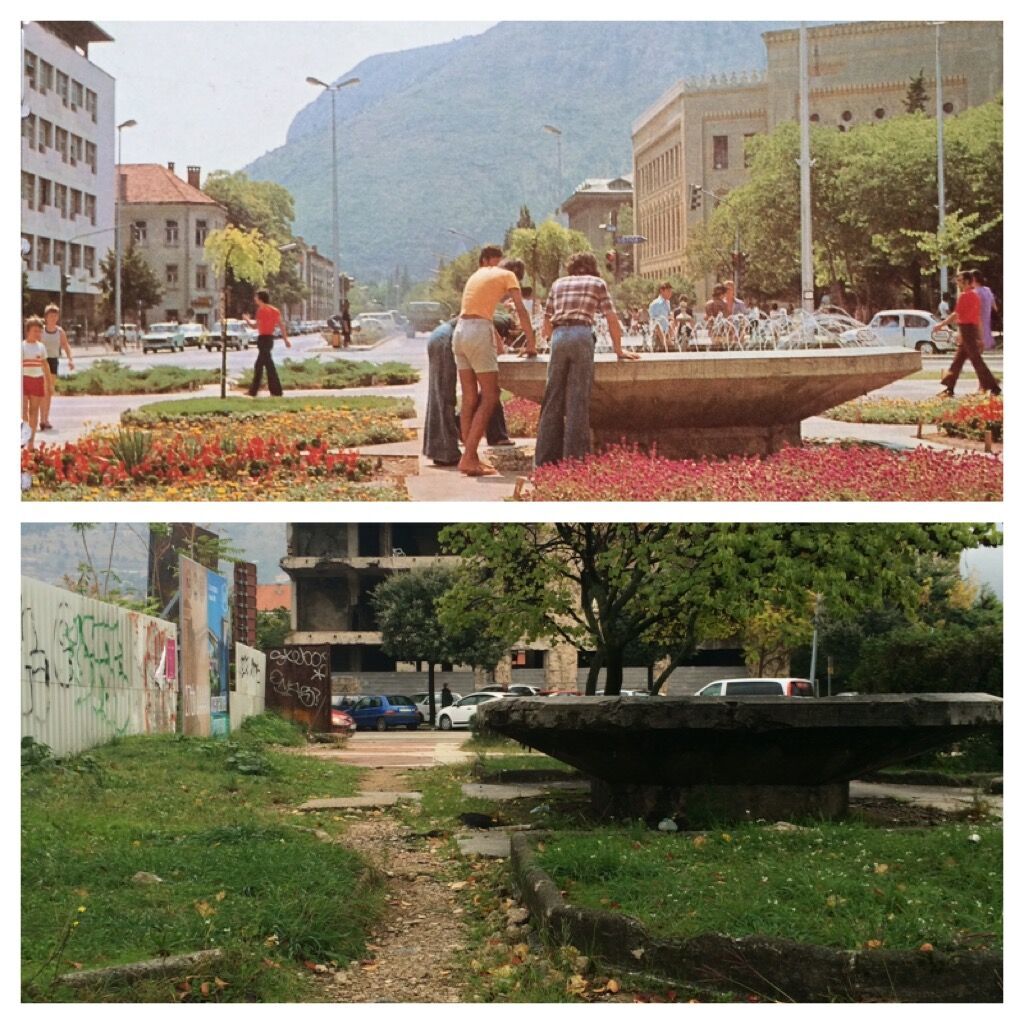
These public gardens are still there, on the western side of Mostar, but today are derelict and decrepit.
We decided it would be interesting to track down these happy looking locations, and photograph them today, showing side by side Mostar, roughly twenty years before and after the horrific, civil war.
The end results are heartbreakingly poignant, and capture an enchanting city that still bears the terrible scars of what once happened here.
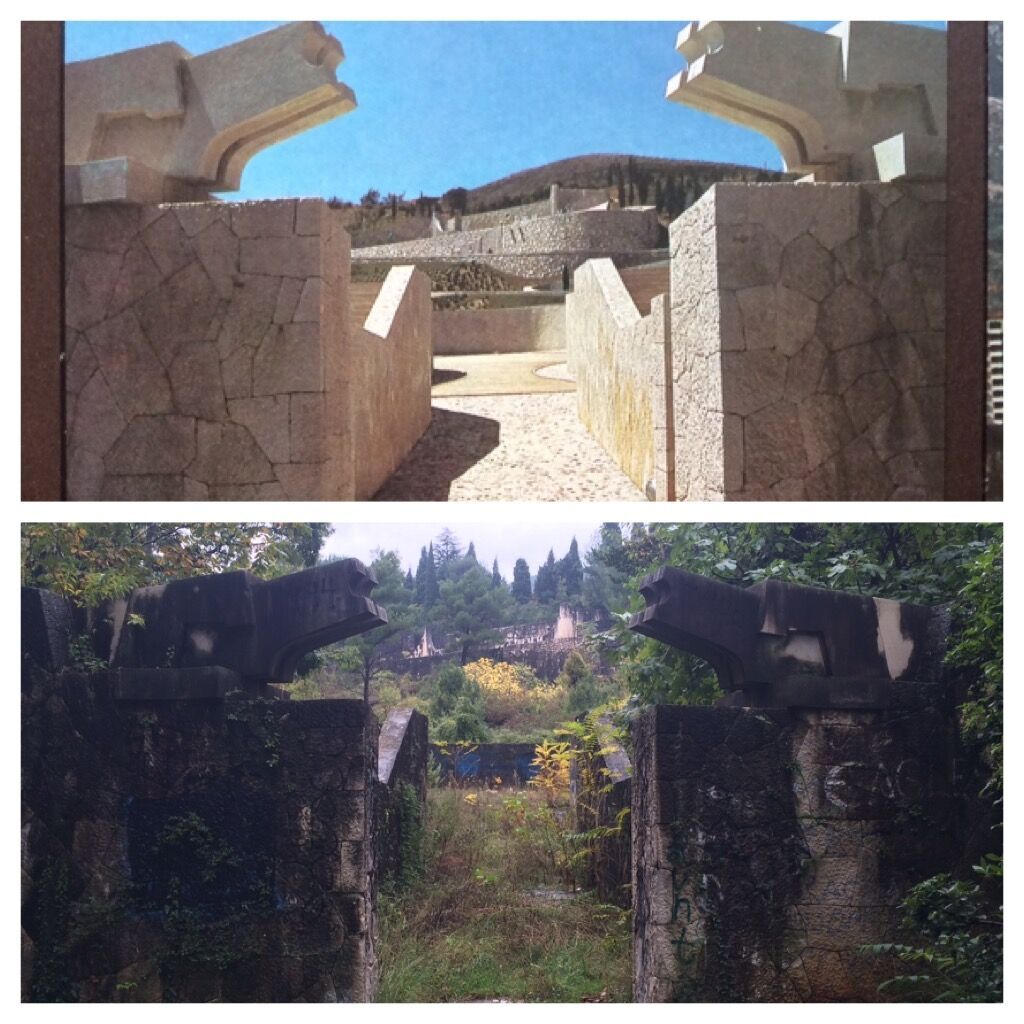
Mostar is located in the south of Bosnia and Herzegovina. The city is roughly divided in two by the Neretva River: divisions which would manifest themselves in some of the bloodiest fighting of the civil war. The old town, is located on the east bank; famous for its historic Ottoman architecture, and mostly home to Bosniak muslims. A stones throw across the river is the more modern, and mostly Croatian and Christian side.
After Bosnia and Herzegovina declared independence from Yugoslavia in 1992, Bosniaks and Croats largely fought side by side, whilst Mostar was besieged by the Serbian dominated Yugoslav People’s Army.
But European religious and political history is nowhere more complicated than in the Balkans, and growing tensions saw the Bosniaks and Croats start mercilessly fighting each other in October, 1992, in what became a ‘war-within-a-war’.
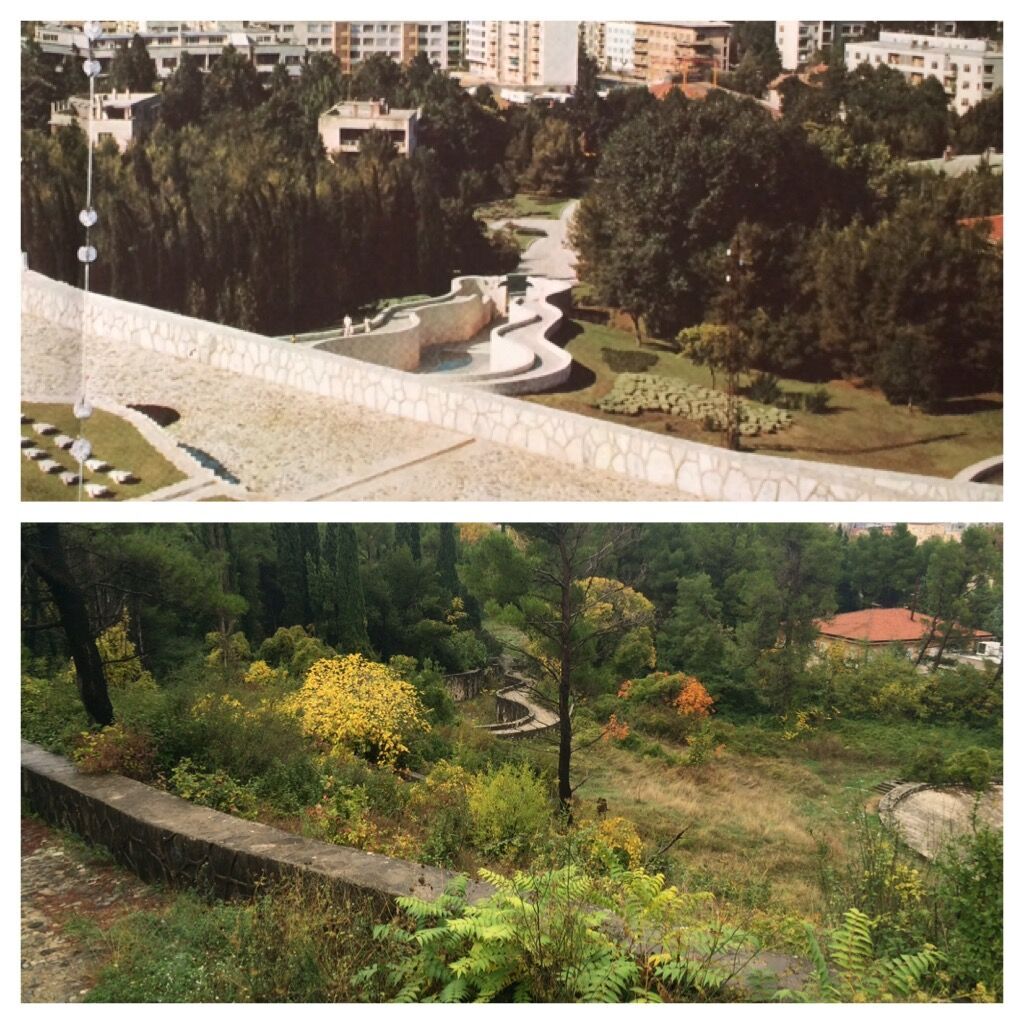
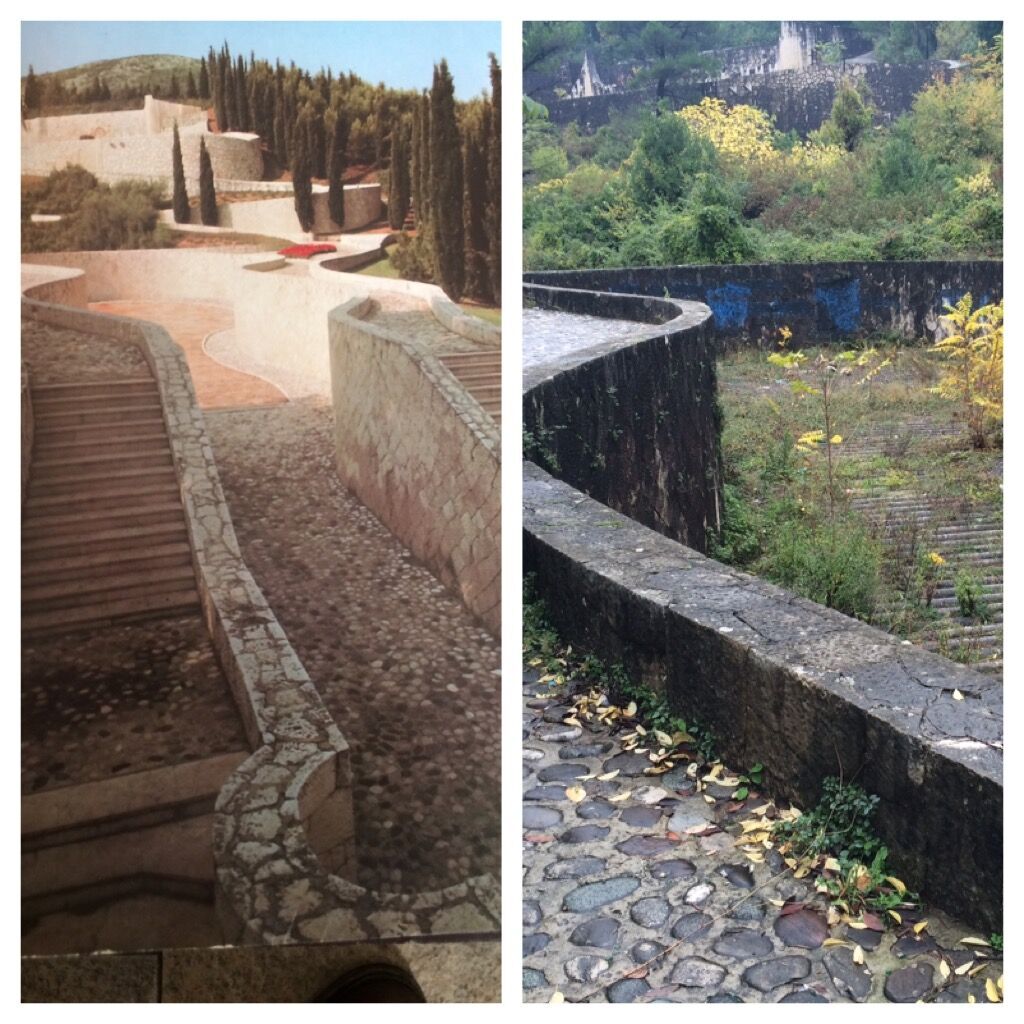
These photographs show one of the most haunting sights in Mostar; the abandoned and overgrown Partisan Memorial Cemetery, found on the west side of the city. It was built in 1965, in suitably stark Soviet style, to honour the Yugoslavian partisans who died during World War II. Designed by Serbian architect Bodgan Bogdanović, it was once a beautifully, sculpted place of remembrance; winding concrete stairways, that matched the contours of the ground, immaculately kept and cared for, with flower gardens and trees, surrounding the war memorials and graves. Since the civil war, it has been left to decay, and be gradually reclaimed by nature. It is barely visited, and is a sombre reminder of the devastating effects of the war.
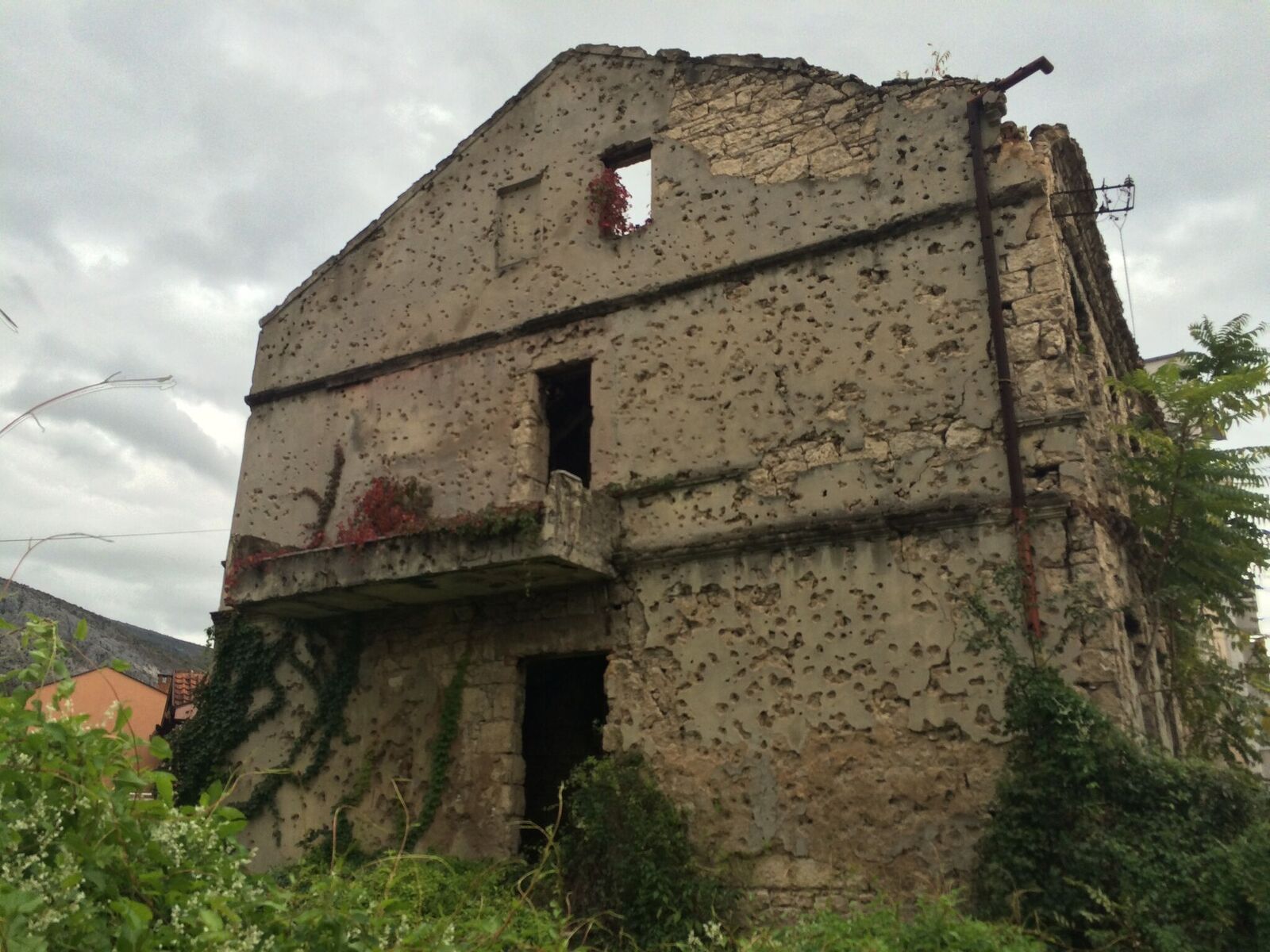
Whilst most of the historic, eastern side of Mostar has been painstakingly and faithfully recreated and restored, much of the west, Croatian side has not received the same attention from the government; a bone of contention in a still, somewhat tense present. Whilst taxes and effort has been spent on beautifying the more tourist friendly Ottoman parts, western Mostar still, in many places, resembles a war zone
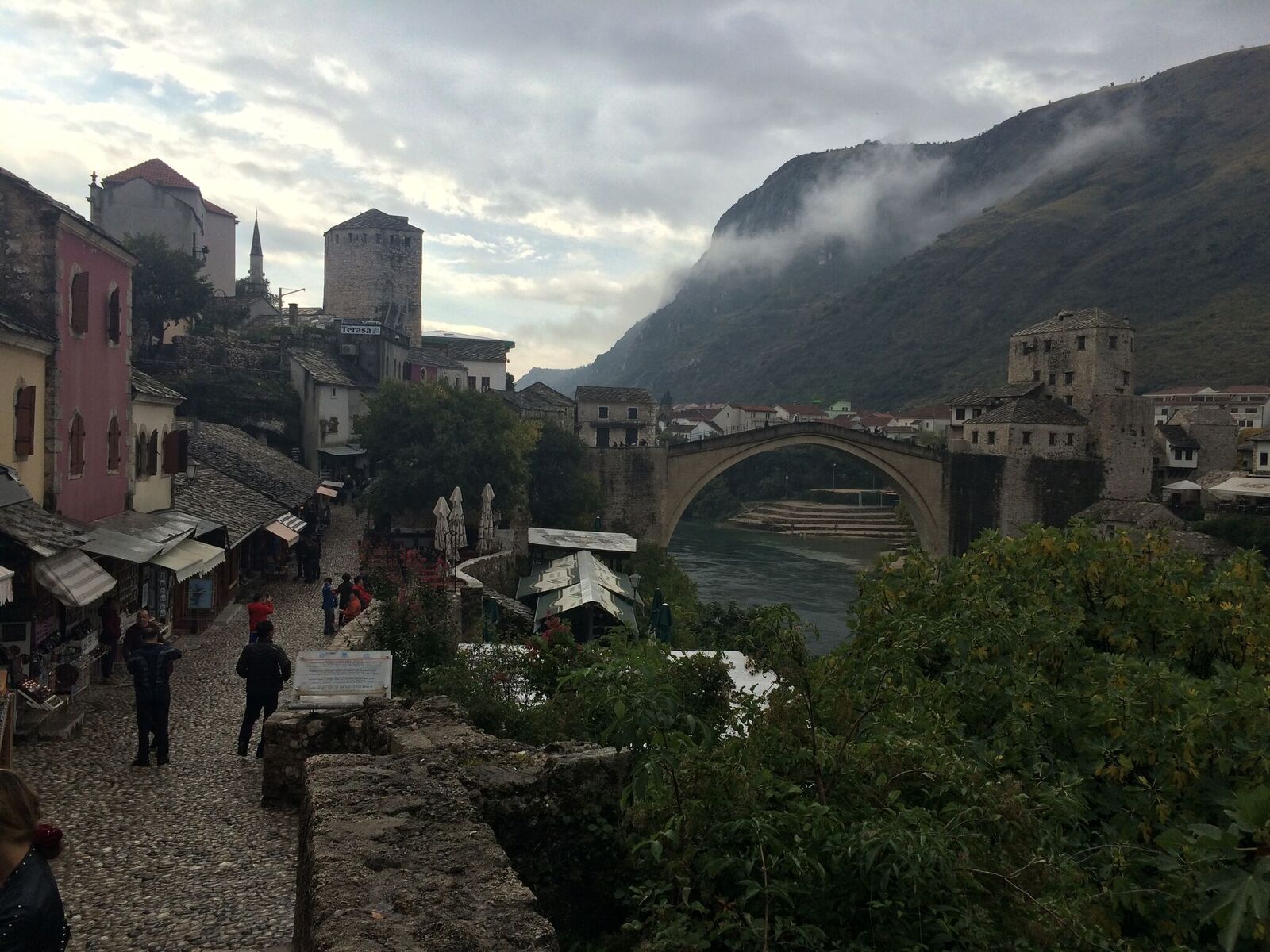
The iconic Stari Most bridge which had stood for over 400 years was destroyed in 1993, like much of the city. The bridge was rebuilt in 2004, a symbol that hopefully this most enchanting of cities, is gradually coming back to its former grandeur.


